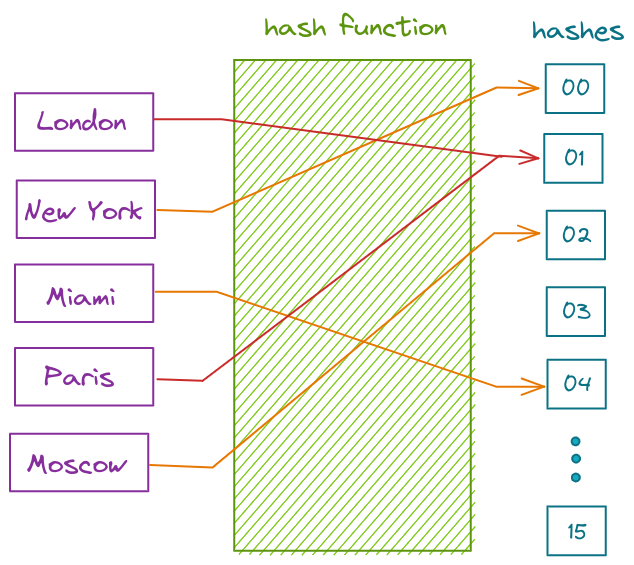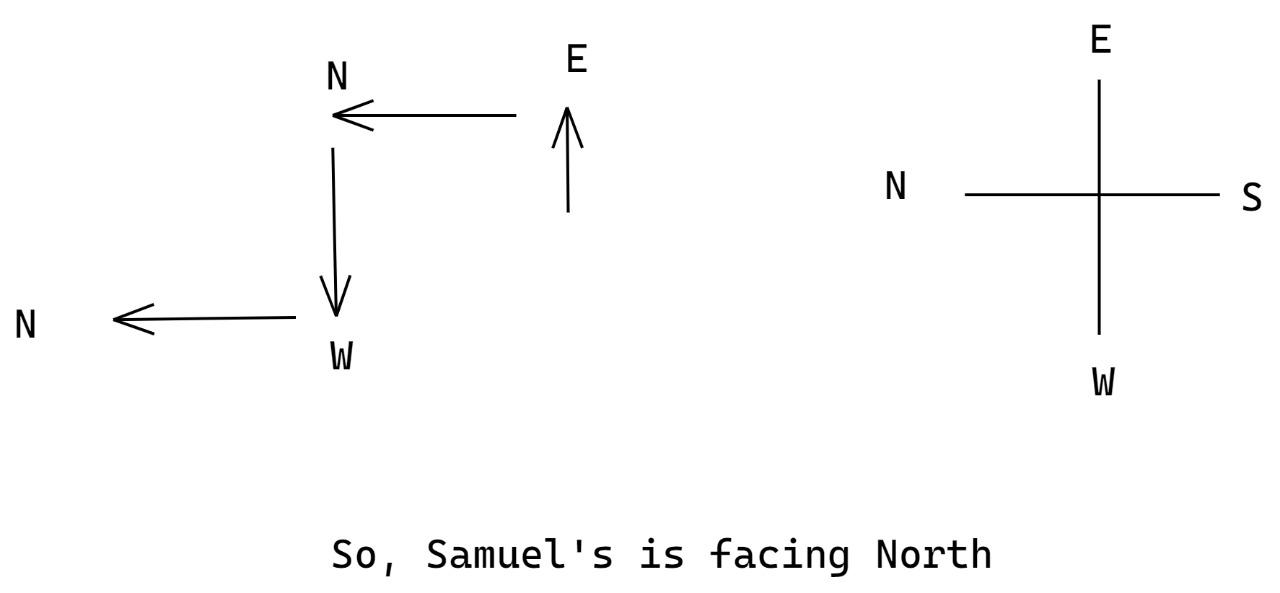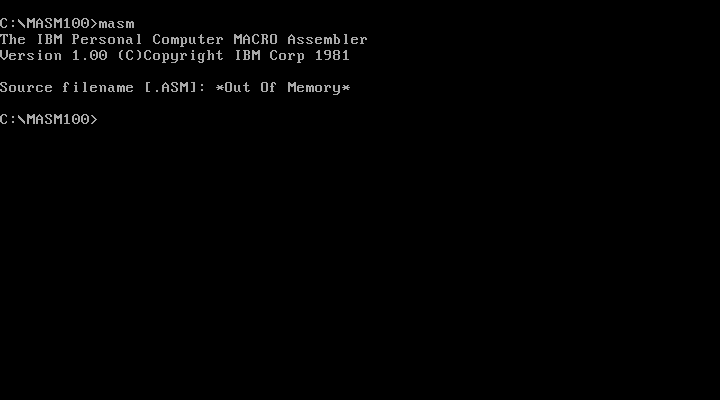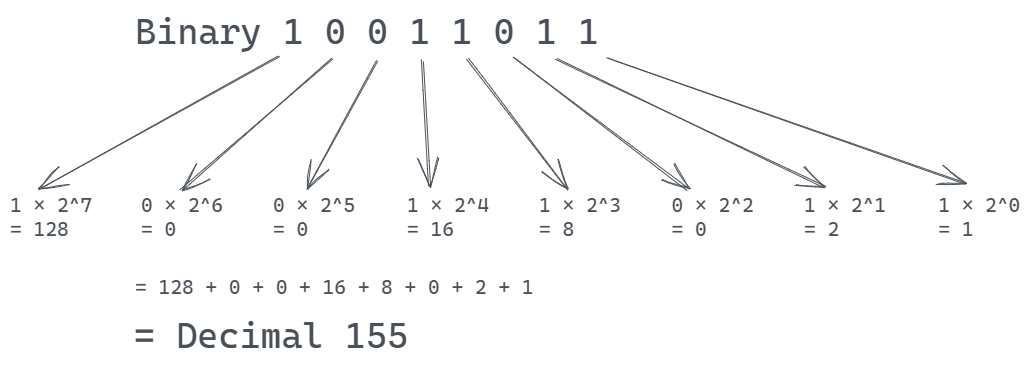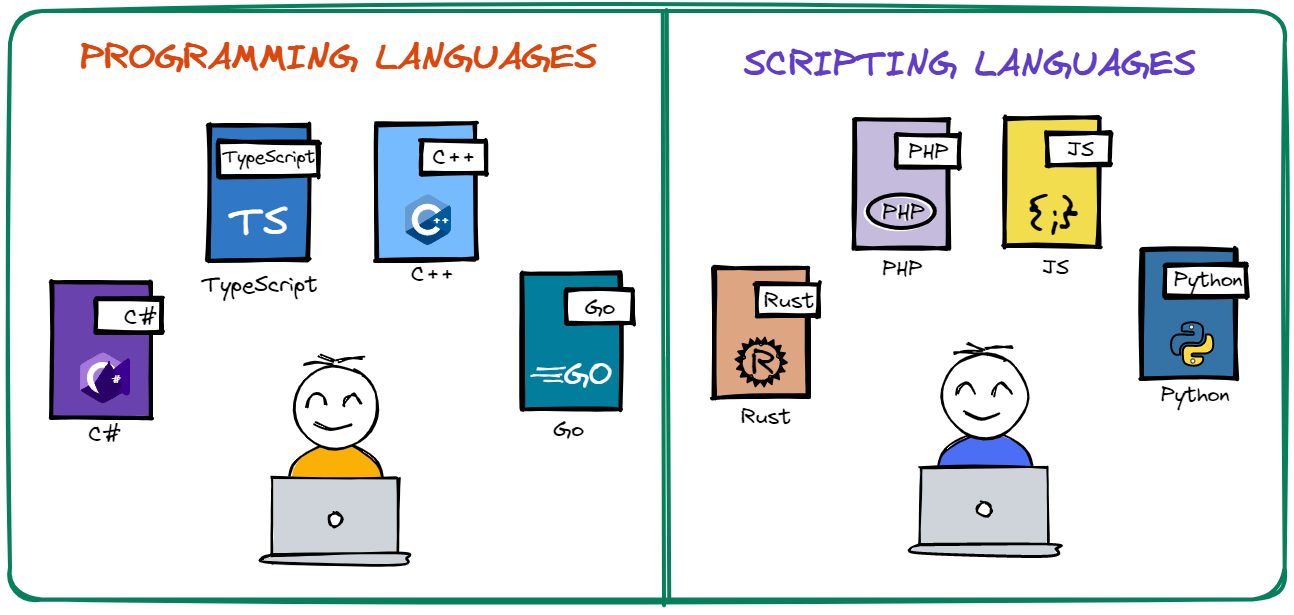
Intermediate Coding Patterns
We go through some useful tools all programmers should have in their arsenal, including regex, bit operators, and software design patterns, offering insights into the practical applications of these tools in various programming scenarios. Lessons cover the intricacies of functional programming with map, filter, and reduce functions, and delve into advanced concepts like lambda expressions and decorators. The course also provides a deep dive into the essential mathematics for programming, crucial for acing technical interviews, and explains complex topics such as integer overflow and underflow, and the implementation of state machines.

Section Menu
How do I use this section?





